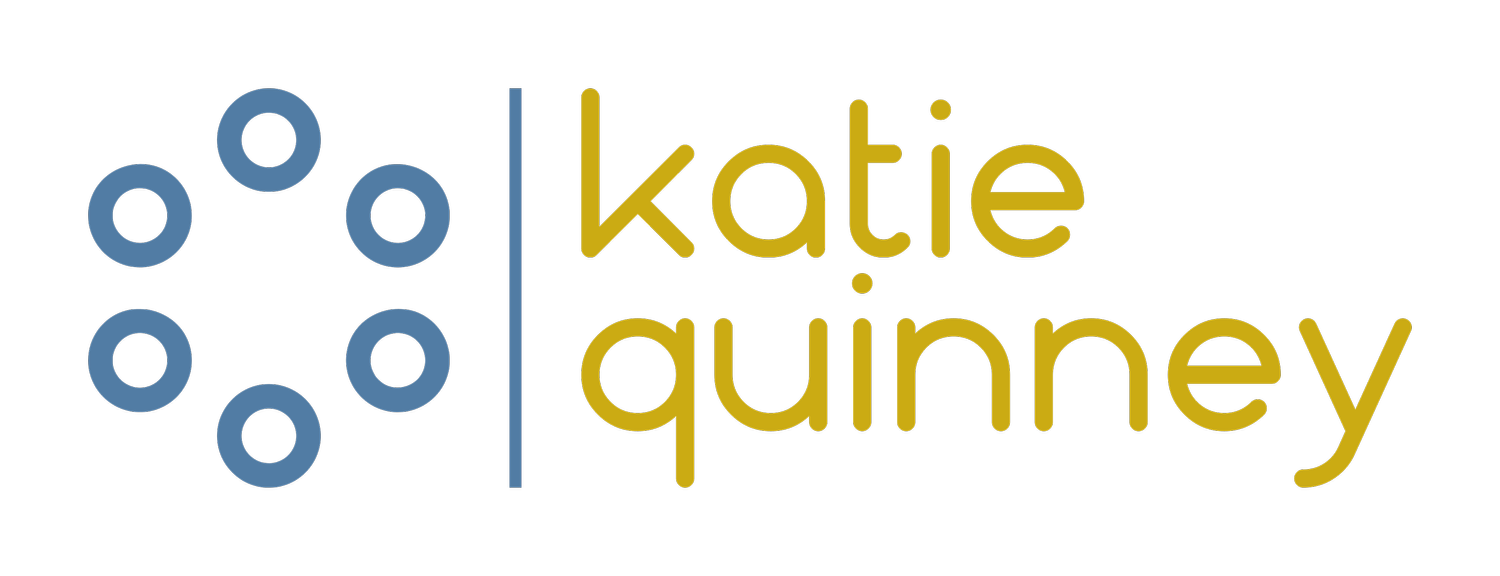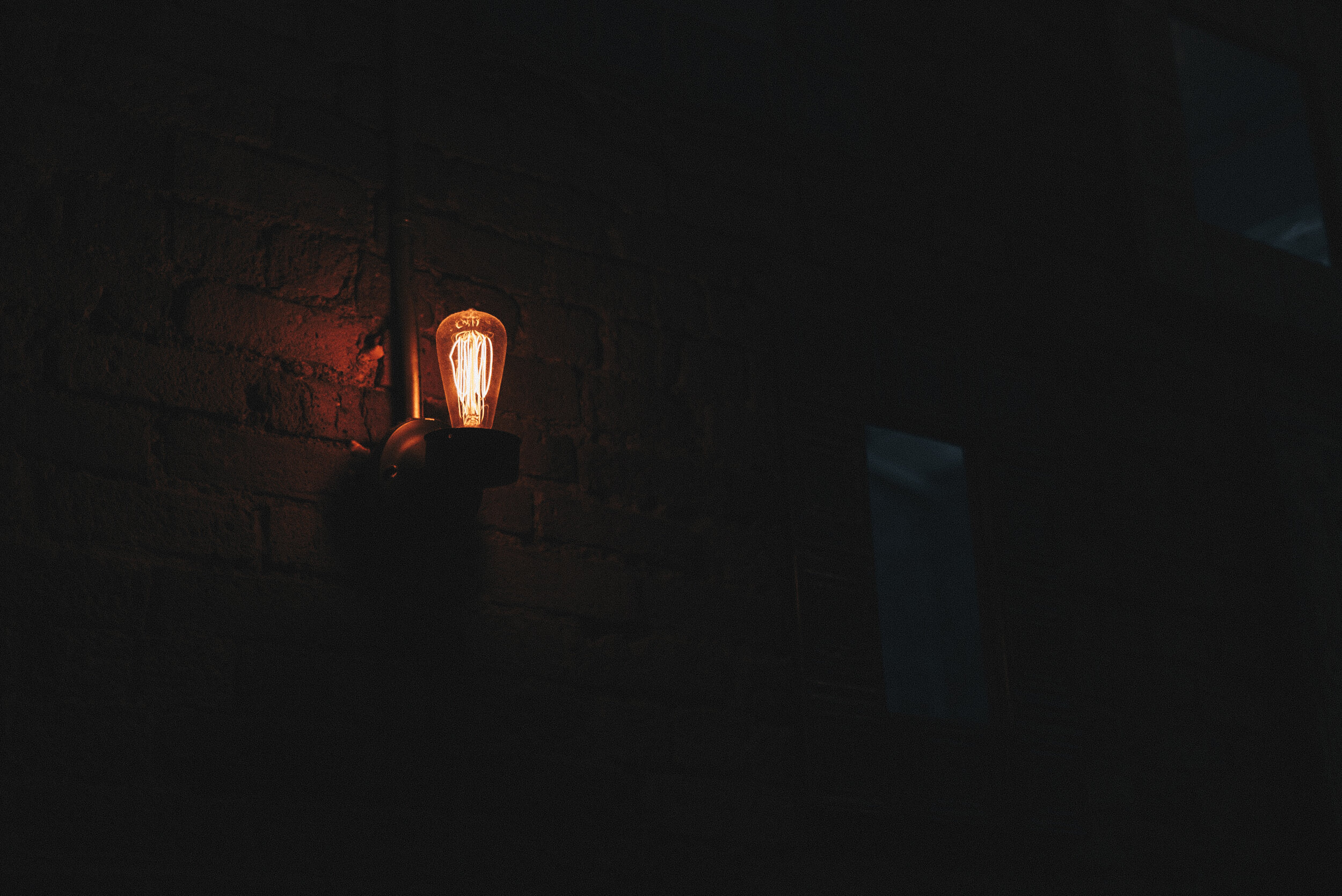Overthinking Candy Crush
So I fell, well I think I may have jumped, into a bit of a hole and found myself playing Candy Crush. I was told that I am years behind the eightball but heh. It was the first I’d ever played and I am very impressed by how they make you so addicted, and I sat for a while in that pit. As I was climbing up out of the pit, I wondered if there was something you could take from this game that would benefit your work environment.
Progress Matters Most
Progress, it turns out is one of the biggest motivators at work, watching myself make my way swiftly up the levels and along the path was pretty cool. Making progress at work is described as a breakthrough idea described in this article from HBR, from the research by Teresa Amabile she noted that it’s the small steps, the meaningful and obvious progress towards a goal that made a good day at work.
This was an insight for me, as I would have picked recognition (I’m not alone in choosing that according to the research) this biggest motivator is progress.
How do you put milestones in place, how do you pay attention to notice that you are moving towards that goal? How do you create a sense of progress at work? How do notice what you’ve done and you’ve steps taken?
Then there were stars.
Each time I passed a level, there were stars, I also think there was confetti possibly, I’m not really sure what it was but it felt like a celebration every time a level was done with. It didn’t matter if it had been really easy. I felt like I had a cheerleader right there for me.
Who is your cheerleader at work and who are you cheerleading for?
Then I failed
I like that when I didn’t finish a level and it told me it failed. No soft words - you’ve failed. Then I had to consciously press quit and then choose to try again. Failing is going to happen. We have to know what things to quit. We need to know we can try again (and again). The game checked I was sure, it gave me options, and there were choices. All things that support motivation.
Creating the climate and the safety to fail is a real knife-edge balance in healthcare. When we think about projects, new ideas and how we do things, we need to have a bigger acceptance of failure than when we consider patient care that’s for sure. But we are going to have to learn how we have the conversations about being safe to fail, and getting things wrong is how we learn, discover and innovate right now we need things to be different in healthcare and that is going to mean some risk.
How can you increase the choices around you, and for your team? Where are the ways you can give options about work, shifts, and start times? If there are 101 things to do that are all urgent - can you provide a choice about what gets done first??
Easy days every now and again
As I progressed on my Candy Crush adventure, the levels got harder, I failed more and I kept trying. There out of the blue and easy breezy level would come along and I’d continue making progress, and move along a little faster.
Most days in healthcare feel pretty tough and hard right now. Creating an easy day is going to take some inventive thinking, particularly to spread that around. The best way to do this is to know what lights people up and what energises them. It’s different for everyone and that gives us huge scope. An easy day for someone could be a nightmare day for someone else. Fit people to their strengths and give them a little stretch and you might be onto a winner of an easy day.
Not making every day the same is another way to change the climate. What can you inject into the day to make it different for you or for your team? How can you lighten the load for someone you work alongside?
Insights as I climbed up out of the pit
Making progress obvious
Cheerleading and acknowledgement
Making it safe to fail, developing grit to try again (and again)
Creating options and check-ins
Provide a point of difference, light up the day
Challenge people in the space of their strengths
Now, you may wonder at this point, and I certainly got to the point, where I realised I was overthinking Candy Crush and this really was a mind-numbing game. That was my jumping point. I chose mind-numbing. Why I choose to jump into the pit of a mind-numbing and time-sucking game was that I didn’t want to deal with or face what was going on. It was too hard to deal with the cat getting sicker, and having to make the choice about putting him down. Too tough to deal with all the emotions and fears that came sneaking up as I remember our last cat dying. I knew what we had to do for the cat, the vet had so kindly explained that there was pulling back from this time and I knew what we have to do I didn’t want to do it and I didn’t want to have to think about it so numbing mindlessly was exactly what I wanted
The first time I heard the phrase numbing was in the work of Brené Brown. We numb to take the edge off the pain and do it with whatever provides the quickest relief. We numb with alcohol, drugs, money, work, staying busy, chaos, shopping, perfectionism, and planning. I was numbing with this very addictive game. We all numb in some way and every one of us finds a way to take the edge off the stuff that we are fearful of, or that hurts.
Brené Brown goes on that the wholehearted are not immune to numbing. They are though aware of the dangers and develop a way to feel through the vulnerable experiences.
Her definition of wholehearted living is “about engaging in our lives from a place of worthiness. It means cultivating the courage, compassion, and connection to wake up in the morning and think, No matter what gets done and how much is left undone, I am enough.”
We cannot selectively numb emotions, when we numb the painful emotions, we also numb the positive emotions.
― Brené Brown, The Gifts of Imperfection
How did I work my way out of the numbing?
Acknowledging out loud to other people that I was doing this but I was playing this game as a way of escaping and numbing from this pain that I was sitting with helped me share the pain and that and from there is where it became possible to stop. So it was about connection, sharing my story and my pain with someone who had earned the right to hear it.
The game has been deleted as I realised it had tipped the point from being a helpful distraction, a conscious choice and a space for me to bridge the gap or the duality I was struggling with. In my mind, this gap was between being pragmatic about making decisions and finding a vet that would come to our house to perform home euthanasia. And holding onto the deep feelings of sorrow, loss and guilt. This gap between wanting to fall into all of those feelings and knowing there was also stuff to do.
Numbing with this game filled that gap. It was the little balance point on a set of scales between the two things I was holding onto. After our cat died I was able to release the need to hold onto that balance and I found my way through the pain of loss, guilt and sorrow and sat with the fears that the memories brought back. I deleted the game. I kept the notes of overthinking that has become this blog post and while there is an empty space in the little office where the cat would sit as I worked, it hurts, and it’s sad. And that’s OK.









